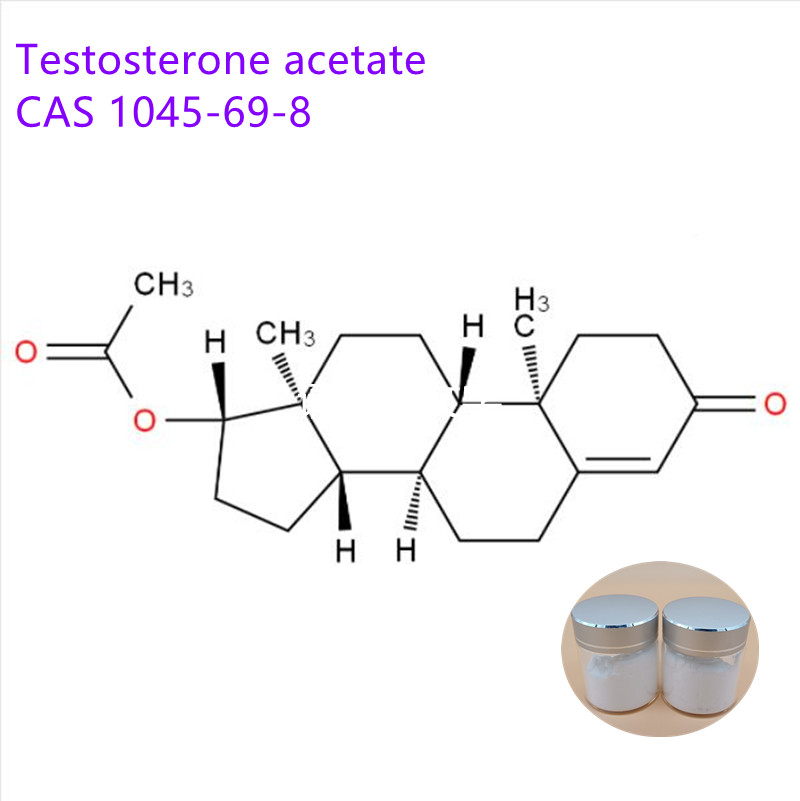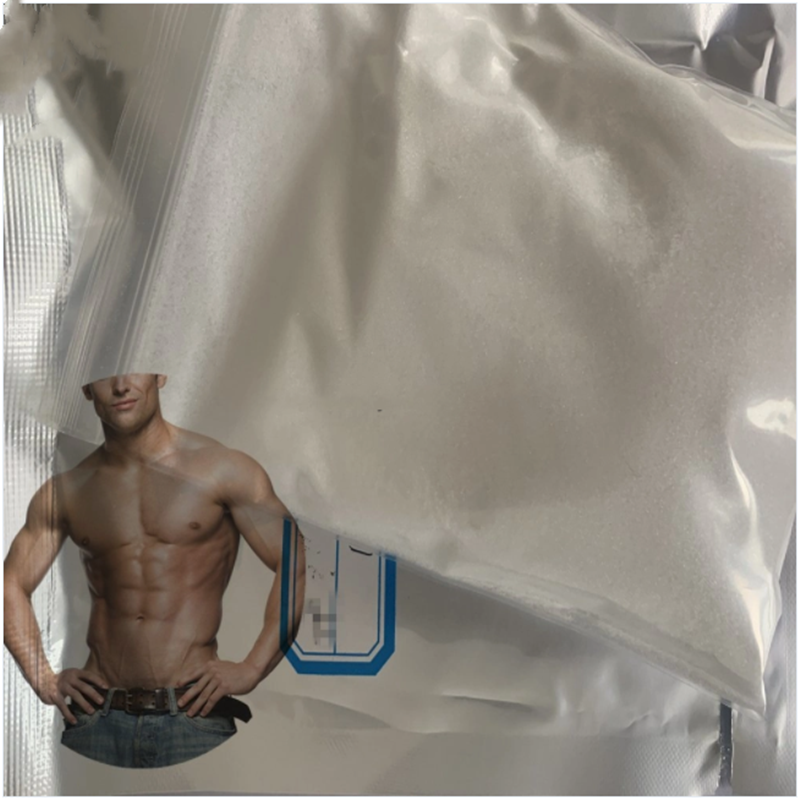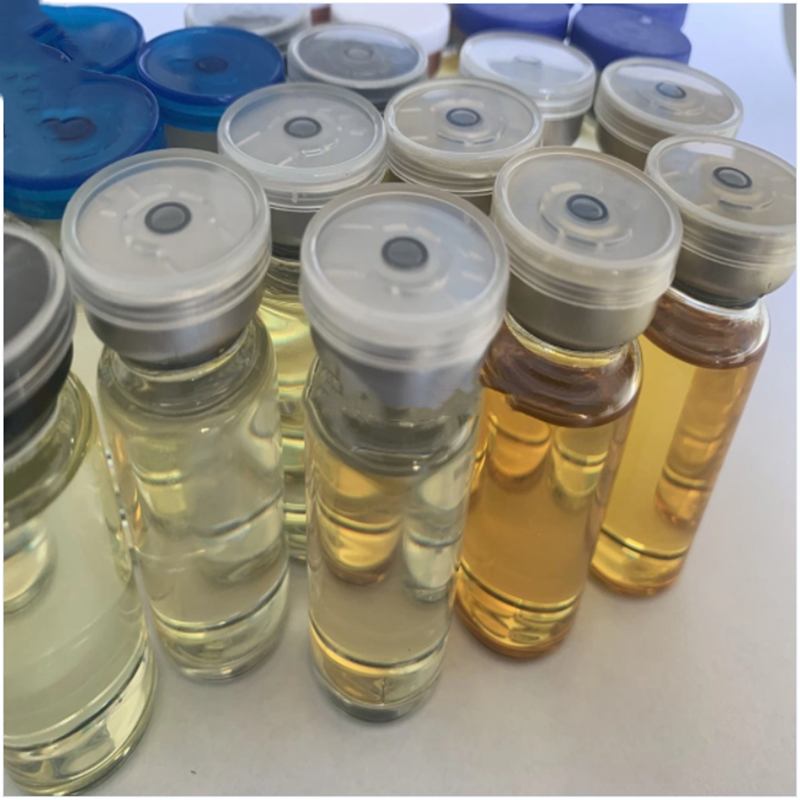Foreword:
Dr. Ji Guoqing is the technical director of Jikai Gene. His blog post is liked by Jikai customers and the vast biomedical readers. This is because Jibo's blog post has a unique and in-depth understanding of genetic research, disease functional gene research, disease drug targets and drug research, based on his latest literature and his deep knowledge of genetics. Interpretation. This time, Jibo has written a series of popular science articles on precision medicine for the Jikai Gene Translation Medical Platform. It is worth reading. I would like to recommend it.
This is the first one: What do we need to do in precision medicine? Â
In 2011, the American medical community first proposed the concept of "precise medicine ."
On January 20, 2015, US President Barack Obama put forward the "Precision Medicine Program" in the US State of the Union Address, hoping that precision medicine can lead a new era of medicine. In 2016, the US budget is allocated to the National Institutes of Health (NIH), the US Food and Drug Administration (FDA), and the National Office of Medical Information Technology (ONC) for a total of $215 million to fund this. Scientific research and innovation development.
On March 11, 2015, China's Ministry of Science and Technology held the first national expert meeting on precision medicine strategy , and decided that the government will invest 60 billion yuan in the field of precision medicine by 2030, of which the central government will pay 20 billion yuan, and the enterprise and local financial support 400. 100 million yuan. Subsequently, the Health Planning Commission and the Ministry of Science and Technology organized a seminar on precision medicine experts to plan a development strategy for precision medicine research.
On November 30, 2015, the National Health and Family Planning Commission once again stated that “China is currently formulating a strategic plan for 'precise medical care', which will be included in the '13th Five-Year Plan for Major Science and Technology†, which means that the country is “accurateâ€. Medical care is highly valued.
On December 11, 2015, the “China Individualized Medicine-Accurate Medical Science Industry Alliance†was officially established in Shanghai, marking the official establishment of the industry-university-integration alliance in China's first precision medical field.
The iconic events about precision medicine are endless, so what is precision medicine?
Borrowing Baidu Encyclopedia's description, "Precision Medicine" is a new medical concept and medical model based on personalized medicine, with the rapid advancement of genome sequencing technology and the cross-application of biological information and big data science. The essence is to analyze and identify, validate and apply biomarkers for large sample populations and specific disease types through genomics , proteomics and other omics techniques and medical frontier technologies, so as to accurately find the cause of the disease and the target of treatment . Accurately classify the different states and processes of a disease, and ultimately achieve the purpose of personalized and precise treatment of diseases and specific patients, and improve the effectiveness of disease diagnosis and treatment."
As can be seen from the above description, precision medicine is still looking for the cause of disease and the target of treatment. What is different from our previous disease research? In the following sentence, “ accurate classification of different diseases and processes of a disease †That is to say, it is more detailed than the previous disease research, which is also in line with the law of scientific research. The more research is divided, the more detailed it is. The ultimate goal is to use the corresponding treatment (therapy) for the same disease, different characteristics (diagnosis). Personalized and accurate diagnosis and precise treatment. It is similar to the "same disease and different treatment" in Chinese medicine.
What can we do in precision medicine? Before analyzing this problem, let's look at what we need to know. If you know what you want to do as a "treatment," you know the status quo and the shortcomings of the disease diagnosis and treatment research is "diagnosis."
Let's first take a look at the history of disease research.

Clinical manifestation
Any disease has clinical manifestations, and where it is uncomfortable, it is discovered by people and is called disease. At this level, focus on "diagnosis." Because of different diseases, there may be similar performance. In many cases, the experience of the doctor at the time of initial diagnosis is very important. According to several performance points, the possible diseases are initially judged, and then the corresponding clinical tests are carried out. There are two development directions here: one is non-destructive testing and the other is molecular testing. These two directions can also be combined.
Organ tissue
We went to the hospital to see a doctor. The outpatient registration is divided into sections. Most of the different departments of the hospital are classified by organs. Why, because in the history of disease research, after clinical manifestations, it is first determined what organ tissue problems have occurred. This step of research has promoted the development of anatomy. At this level, it still lies in "diagnosis." CT, PET, etc. in tumor diagnosis belong to this level of non-destructive testing; the detection of tumor markers in blood belongs to molecular detection. According to the characteristics of tumor cells, such as metabolism and normal cells, the development of imaging methods is the development direction of non-destructive testing. Blood tests, such as the current popular circulating tumor cell detection and exosome detection, are the development direction of molecular detection. In the process, you need to find a specific molecular marker.
cell
From the perspective of scientific research, the depth of research is developing in a thin direction. After the disease is studied in the organ tissue, it goes in a thin direction. The smallest functional unit in the tissue is the cell, and it is looking for the disease tissue, which cell is different from the normal cell. There are two meanings, what a cell is normal how a different, different here is that we detect indicators in the study. This step promotes the development of cell biology. In the clinical pathology department, the key work is at this level. From the cell morphology, it is observed which cells are different from normal cells, thereby performing disease diagnosis. At present, the pathology department is also using tissue markers to detect tissue. The direction of development here is to find disease-specific molecular markers. The search for disease-specific molecular markers in blood and tissues is the focus of "diagnosis" in precision medicine .
For disease research, the difference between disease cells and normal cells is very critical.
In tumors, the biggest difference between tumor cells and normal cells is the infinite proliferative capacity , that is, the proliferation is not controlled. Therefore, in the initial research of tumors, it was studied that tumor cells grow faster, and the direction of therapeutic research is not to allow tumor cells to proliferate and kill tumor cells.
I saw a WeChat some time ago: "She is dead, but her cells never die, and it is one of the most important medical achievements in centuries." This is the story of hela cells. The name of Hela cells is taken from Henrietta Lacks, the name of a cervical cancer patient. At that time, she used radioactive radium in her treatment. The treatment method was: "The doctor stuffed the test tube filled with radium into the cervix of Herita, sewed it, and sewed another pouch filled with radium outside the cervix." But "Radium did not save Herretta. On the contrary, her skin from the chest to the pelvis was completely scorched by radiation." The doctors in the radiotherapy department saw this and somehow thought that human beings have paid a heavy price in the struggle against the disease. Even the experience of clinical use today is rare and precious. Radiation therapy has now achieved local exposure, killing tumor cells as much as possible without killing normal cells. The principle of radiotherapy is to break the cellular DNA by radiation, so that the cells can not survive. The killing effect of radiotherapy is that it is impossible to distinguish between tumor cells and normal cells. At present, many tumors are sensitive to radiotherapy, such as nasopharyngeal cancer.
In tumors, what about vascular-related cells? In fact, tumor vascular cells are not much different from normal vascular cells. If it is necessary to distinguish, the blood vessels in normal tissues are mature blood vessels. Tumors are immature blood vessels, and anti-angiogenic treatment of tumors focuses on new blood vessels. The study explores how tumors promote the regeneration of new blood vessels , thereby providing an energy pathway for rapid tumor growth. Pro-angiogenic factors and their receptors are found as drug targets, such as VEGF and its receptors.
Fibroblasts. The fibroblasts in the tumor are called CAF (cancer associated fibroblasts). It belongs to the category of tumor microenvironment. Such cells can be transformed with normal fibroblasts. In many studies, normal fibroblasts were used to induce differentiation into CAF. CAF has an effect on tumor cells. In malignant tumors, CAF can promote the proliferation and metastasis of tumor cells.
Immune Cells. In fact, immune cells can not be used as a class, but many types, different immune cells play a different role in the disease. DC cells present antigens, and secretory factors such as Th and Treg regulate the intensity of immunity, and CD8-T killer cells are responsible for killing tumor cells. and many more. The different activation states of these cells determine the outcome of the final immunization.
gene
From the previous step, we already know what cells in the disease are different from normal cells, and how they are different, which causes problems in tissues and organs. Then go down and look for the reason. It was not the genes but the proteins that were originally searched, because one of the most important substances in life activities is proteins. But the protein is not hereditary, and the protein is encoded by the gene, the gene is hereditary, so we are now looking for the cause of the disease, looking for the gene. What genes cause disease cells to be different from normal cells . This step promotes the development of molecular biology. Can genes still be subdivided? ATCG? ATCG has no difference between the causative gene and the normal gene. Therefore, in the basic research of the disease, finding the disease-causing gene is actually the end. So now there are so many studies for you. Because there are more than 20,000 human genes, which are related to disease-related genes, most of the diseases are related to which genes are involved, and they have not been studied. The goal of basic research in clinical diseases is to find new pathogenic genes involved in the development of diseases .
If we find several related pathogenic genes for the development of the disease, what are we going to do next? Clinical problems can be simply attributed to two questions, “diagnosis†and “treatmentâ€. The research and development of diagnosis and treatment is based on the research of disease-causing genes.
To sum up, the history of disease research includes: clinical manifestations - tissue and organ changes - cell changes - genetic changes. Basic research on clinical diseases must be designed and implemented according to this law.
Next time, we discuss "diagnosis" and "therapy"
about us
Shanghai Jikai Gene Chemical Technology Co., Ltd. was established in 2002 and is headquartered in Shanghai Zhangjiang Hi-Tech, a national high-tech park. The company is committed to translational medicine and precision medical research. It has four subsidiaries: Shanghai Jikai Gene Technology Co., Ltd., specializing in the research and development of gene therapy products, and has a GMP-level genetic engineering virus carrier production workshop; Shanghai Jikai Medical Technology Co., Ltd. Focus on the direction of gene detection, with a clinical medical laboratory; Shanghai Jinjian Biotechnology Co., Ltd., focusing on cancer drug target discovery and oncology drug development, has a number of gene target invention patents; Shanghai Jisheng Medical Technology Co., Ltd., focusing on Biotechnology upstream and downstream product integration. While stabilizing gene function research and services, the company has entered the field of gene therapy and gene detection based on the original research and development results and market channels, forming a situation in which the three directions of diagnosis, treatment and research go hand in hand, for the basic research of integrated gene technology. And a comprehensive and comprehensive platform for clinical applications.
If you are interested in the latest information on translational medicine and precision medicine, please pay attention to the Jikai Gene Transformation Medical Platform! 
Steroid hormones, also known as steroid hormones, are a class of tetracyclic aliphatic hydrocarbon compounds with a cyclopentane polyhydrophenanthrene nucleus. It has very important medical value. It has a clear role in maintaining life, regulating sexual function, body development, immune regulation, skin disease treatment and birth control.

Steroids include steroids (eg cholesterol, lanosterol, sitosterol, stigmasterol, ergosterol), bile acids and bile alcohols, steroid hormones (eg adrenal corticosteroids, androgens, estrogens),

Our company specializes in providing steroid series products, welcome to inquire and order

Steroids Oil,Steroid Powder,Steroids Injections,Steroid Powder And Oil
XI AN RHINE BIOLOGICAL TECHNOLOGY CO.,LTD , https://www.rhinebioteches.com